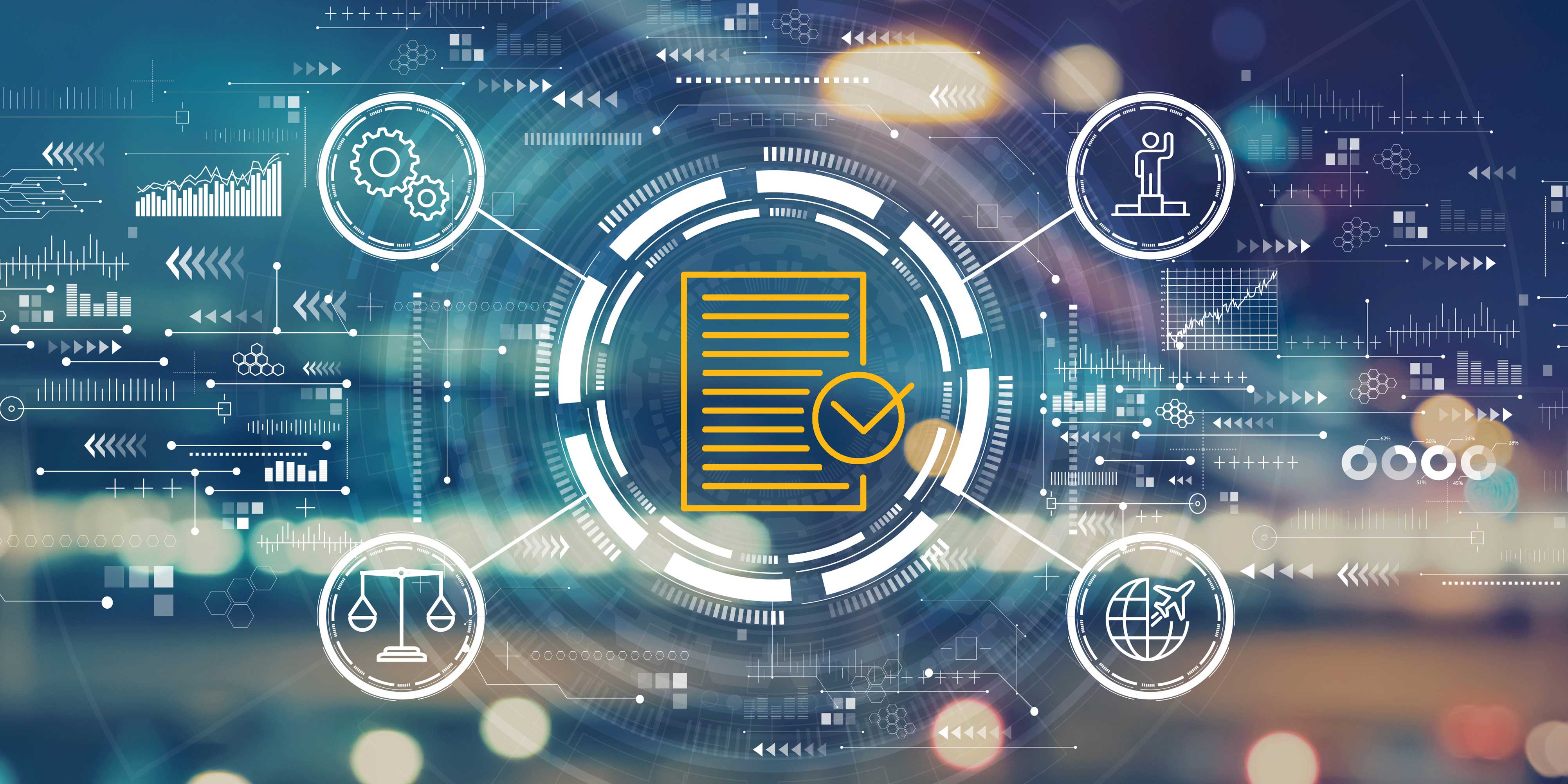Tom Leeper | July 18, 2017
The recent HCI conference did not disappoint and offered us all a lot of really interesting take aways on where Talent Acquisition is, or may be, heading. Important and timely topics such as employer branding technologies, candidate and employee engagement, and the next horizon for performance analytics were all in focus – as expected. However, recruitment automation was hands down the prevailing theme and my engineering-degree was in full tilt throughout the event looking at all of this new Artificial Intelligent (AI) recruitment technology. So many cool new concepts and tools to explore.
This AI proposition is both provocative and disruptive. But make no mistake… this is not merely the new fad to come and go. HR automation is definitely here to stay. Chatbots, geo-tracking, digital remarketing, and gamification are all quickly becoming the norm. The AI industry is growing fast and companies like Talent Tech Labs (TTL) evaluates all these technologies (close to 1,600 of them) and tracks the bigger game changers in their evolving “Talent Acquisition Ecosystem.” Big name brands are also on the adoption bandwagon. Look at Unilever with their recent announcement claiming to “ditch” resumes in favor of algorithm-based search and gamification. Using LinkedIn profile information, potential applicants are targeted and invited to play in a range of neuroscience-tested online games. Unilever uses these results to rank top candidates who are then asked to submit video interviews online. This is an incredible shift to eliminate several steps before a recruiter gets involved.
So what does it mean for the future of Talent Acquisition? Will candidates never talk to an actual recruiter again? I’d have to say somewhat YES and definitely NO.
Many of these new AI technologies bring a strong and measurable impact to the TA workflow and companies will need to implement these clear advantages or risk being left behind with an inferior process. However, the war for talent - especially for skilled labor - desperately requires Human Intelligence (HI) as well. Candidates crave authentic and personal connection during the hiring process and some percentage of applicants actually feel entitled to a higher level of engagement. This AI/HI tension presents a fascinating developmental and transitional stage for TA with wildly different process goals (depending upon the SOW), varied process stakeholders, multiple generational demographics, and other competing factors that will all need to be addressed:
- Profile: What generation did these candidates grow up in and how comfortable will they really be with an AI interface? What is the expected engagement approach given the level and type of candidate?
- Brand: At what point does the use of technology within the process improve perception of the company and at what point will it hurt the candidate experience?
- Adoption: What is the profile of the internal user as well (e.g. Hiring Manager, TA resources)? How comfortable will they be using a dramatically different process and candidate interaction strategy? How will automation impact the size, function and morale of the TA team?
- Selection: How does a company know what AI platform (many of which are still early stage) to invest in and what part of the TA program it is best suited for?
There is no single answer. The decision on how to leverage A.I. while protecting the necessary H.I. requires a tremendous amount of thought – both operational and philosophical. However, there are two relatively simple guiding principles to use. TA leadership can create a hybrid program with the “best of both worlds” if they keep this principle logic in place:
- Lean on technology for analytical and processing needs: Sourcing & data mining, applicant filtering, recruitment marketing, scheduling and onboarding documentation fulfillment.
- Lean on humans for experiential activities where human touchpoints are needed: New job intake & consultation, select candidate solicitation, custom interview preparation, interview feedback, offer negotiation and offer decision making.
People still want the best of both - human connection and technology innovation. “Siri” and “Alexa” can make us dinner reservations, but we still want our friends to show up and join us. There is a necessary balance to strike between these two worlds in everything we do and, in the end, there is no set formula for all. Talent Acquisition leadership must figure out their own balance and path forward with the right plan, vendors/suppliers, and true ROI analysis. And it’s also not something a company can design today and forgot about for a couple of years. It’s definitely a rapidly evolving process. So decide what type of approach will benefit your company needs the most within the A.I. and H.I. spectrum and then be ready to do one thing – change it.


